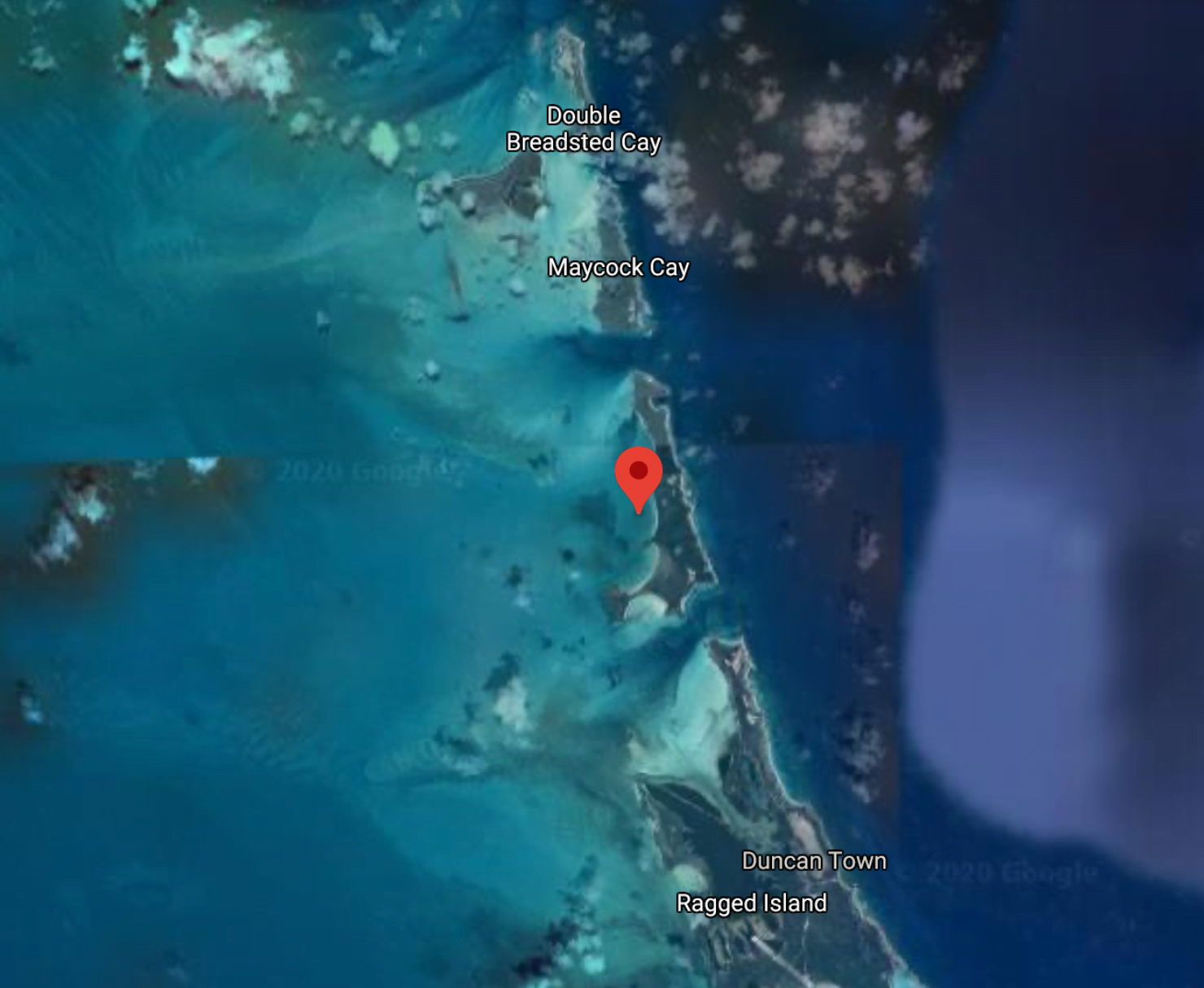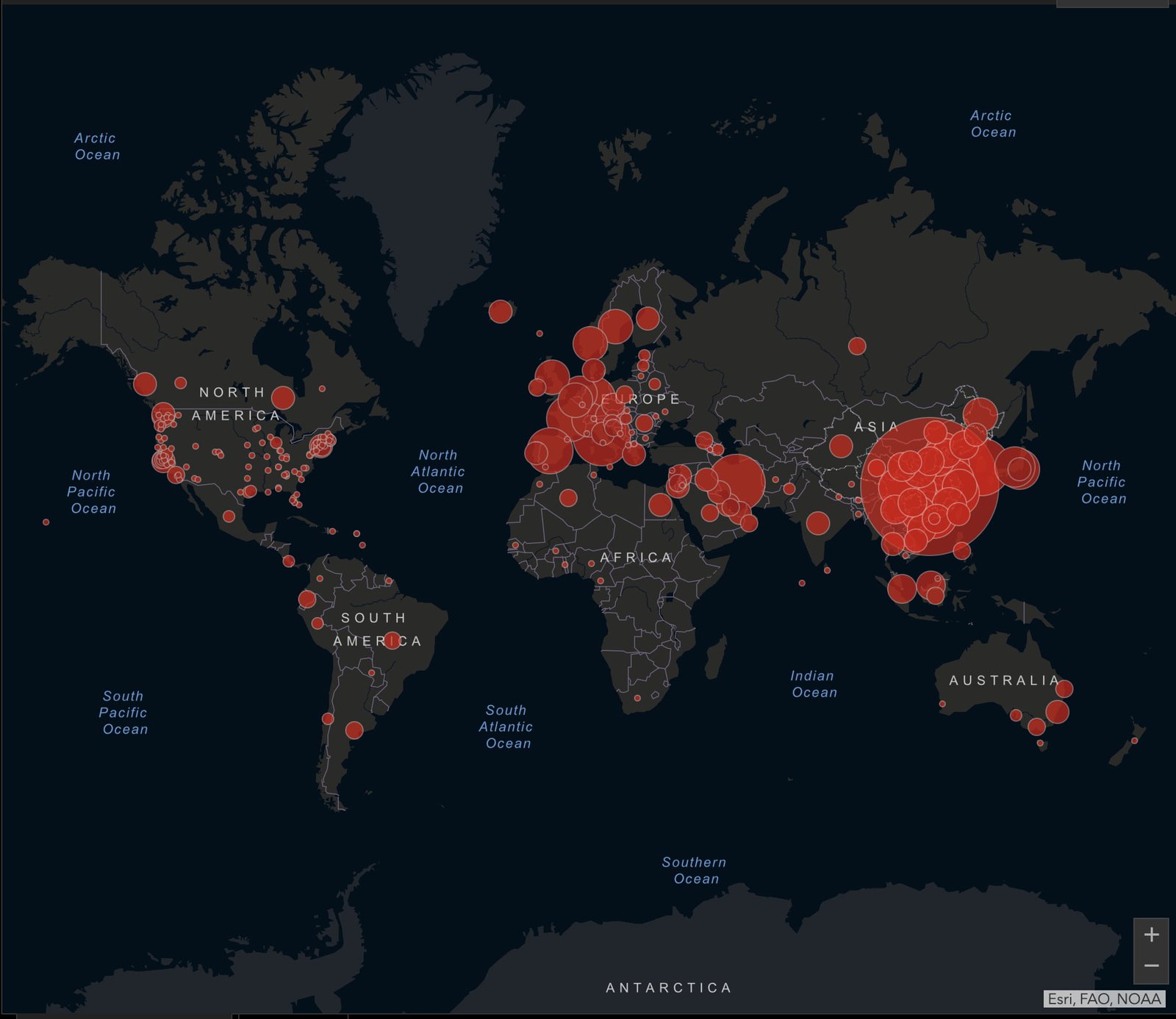Parker-Edgecombe: Wage gap does not speak well to society’s view of women
A United Nation’s report on human development reveals a more than 33 percent income disparity between the sexes in The Bahamas, and ranks the nation 76 of out 189 countries on its gender inequality index (GII).
While the 2018 GII ranking remains unchanged from the previous year, the income disparity has increased by approximately three percent over the period.
There was a nearly 30 percent income disparity between men and women in 2017.
The report does not indicate whether the data was pulled from both the private and public sector or solely the private sector for example.
The UN’s Human Development Report estimates gross national income per capita for men at $34,290, and $22,827 for women.
The $34,290 gross national income per capita for men in 2018 is $485 more than the $33,805 men received in 2017 per capita. However, per capita women received just over a third of an increase last year — $178 — taking home $22,649 in 2017.
The average gross national income per capita was $28,395 — $5,568 more than what woman made per capita last year —, according to the data.
According to the report, the gender inequality index (GII) stands at 0.353, the same score received in 2017.
The GII index is a composite measure reflecting inequality in achievement between women and men in three areas: reproductive health, empowerment and the labour market.
It is measured based on data from maternal mortality ratio, adolescent birth rate, shares of seats in Parliament, population with at least some secondary education and labour force participation rate.
The Bahamas’ GII score has steadily declined since 2000; from 0.387 to 0.372 in 2016.
The mean score for Latin America and the Caribbean is 0.383.
This is below the score for developing countries of 0.466.
Data was unavailable of ‘female share of employment in senior and middle management’ as a percentage as well as ‘female shares of graduates in science, technology, engineering and mathematics programs at tertiary level’.
When contacted, West Grand Bahama and Bimini MP Pakesia Parker-Edgecombe said the continued gender gap does not speak well to society’s views about women and their professional contributions throughout the country.
She called for the government to address the issue, namely engaging the private sector, where she suggested the wage gap exists more notably.
“While voices continue to echo worldwide and here at home to bridge the gap concerning the wages of women by bringing it to an equal value of men, sadly we continue to witness that such has yet to take place in many countries,” she said. “Notably, The Bahamas remains among those nations as seen in the recent UN Report on Human Development.
“It is my view that the government sector in particular, while it may not be the primary offender in the disparity of wages in The Bahamas, must address this problem by engaging members of the private sector in discussions and forums aimed at establishing, and implementing policies and legislation that will end this obvious inequality once and for all.
“The fact that this gap in wages remains as of today, does not speak well concerning our views about women and what they can really bring to the table professionally.
“The sooner we realize that the minds and skillset of women are just as sharp as our counterparts and deserving of equal pay, the better of our country and need I say, world will be.”
The Bahamas global ranking on human development remained unchanged in the latest release, once again placing 60th of 189 countries.
In 2016, the nation stood at 49.
The annex of the 2019 HDR represents the 2018 valued HDI (human development index) — 0.805, which puts The Bahamas among countries with a very high HDI.
The HDI (human development index) is a summary measure of average achievement in the key dimensions of human development, including life expectancy at birth, expected years of schooling, mean years of schooling and GNI (gross national income) per capita.
The country’s life expectancy is listed as 73.8 years.
The expected years of schooling for students in The Bahamas is 12.8 years.
The maternal mortality rate — deaths per 100,000 live births — stood at 80 as of 2015.
The adolescent birth rate, which indicates births per 1,000 women between ages 15 and 19, stood at 30 for the period 2015-2020, according to the report.
Gap in employment
In its January 2019 report, the Department of Statistics noted that despite generally being more qualified than their counterparts, unemployment was higher among women than men.
Unemployment among women had reached 11.3 percent in November 2018, compared to the 10 percent among men at the time.
The national rate of unemployment dropped from 10.7 percent in November 2018 to 9.5 percent in May 2019.
In May, unemployment among women declined to 9.9 percent, though it remain higher than the rate among men of 9.2.
Youth unemployment for women was the highest recorded for all age groups at 20.7 percent, compared with the 19.5 percent for young men.
There were also significantly more women in the category of discouraged workers (1,115), compared to men (875).
The group accounts for people who have not looked for work because they believe no jobs are available.


















